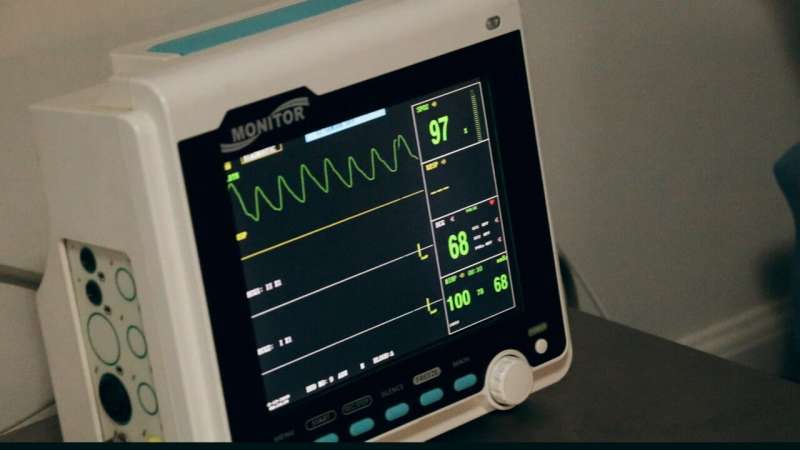Credit: Unsplash/CC0 Public Domain
A new review article, published in Cardiovascular Innovations and Applications offers solutions to improve access to underutilized cardiac rehabilitation.
Consistent evidence gathered over many years supports the benefits of cardiac rehabilitation, including decreases in mortality and hospitalizations, and increases in quality of life. In one study of 601,099 Medicare patients older than 65 years with coronary disease, five-year mortality was lower in patients who participated in cardiac rehabilitation than those who did not (16.3% versus 24.6%, respectively, P < 0.0001).
Another study has shown significantly fewer hospitalizations for heart failure among patients who participated in cardiac rehabilitation than those who did not: The patients who underwent cardiac rehabilitation had 11 admissions for a total of 41 hospitalized days over a 24-week period, whereas those who did not had 33 admissions for a total of 187 hospitalized days (P < 0.001).
The clinical benefits of cardiac rehabilitation, as documented in both young and older participants, include increased exercise capacity, energy and total quality of life.
Although cardiac rehabilitation is a class 1 indication for patients who have sustained acute coronary syndrome as well as those with heart failure, it is grossly underused. In one study, only 24.4% of a cohort of 366,103 Medicare patients with a qualifying diagnosis for cardiac rehabilitation assessed from 2016 to 2017 participated in cardiac rehabilitation.
Of those who participated, only 26.9% completed the program. A closer evaluation of the barriers preventing referral, enrollment and completion of cardiac rehabilitation is needed to better understand the limitations and to promote solutions to these problems.
More information: Natalie J. Bracewell et al, Access to Cardiac Rehabilitation: Hurdles and Hopes for Improvement, Cardiovascular Innovations and Applications (2023). DOI: 10.15212/CVIA.2023.0074
Provided by Compuscript Ltd
























